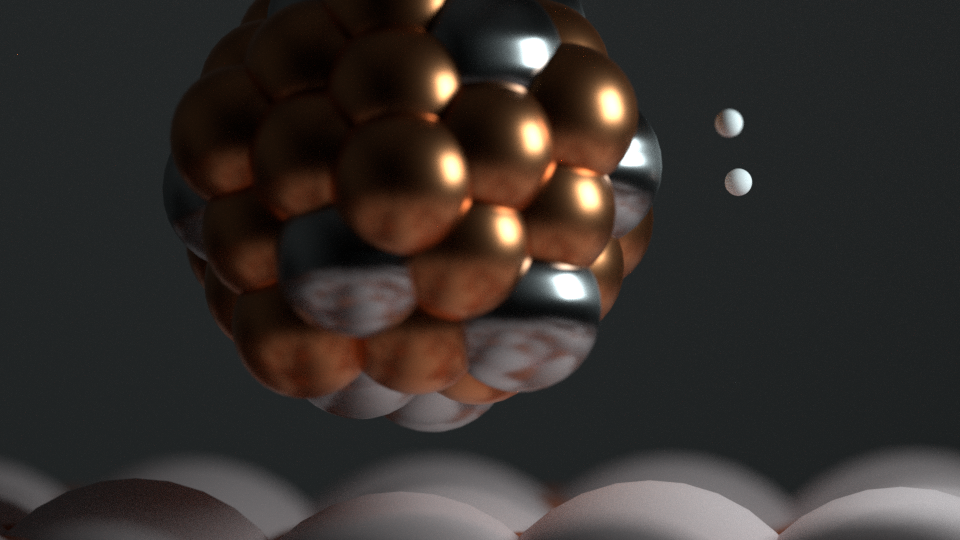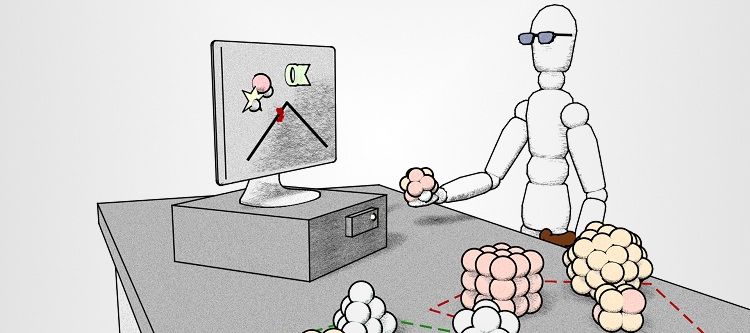CritCat: Toward Rational Catalyst Design
Several modern materials science problems are basically very complex structure-property related optimization tasks. In catalysis, the input is the chemical composition and structure of the catalyst material and output is the catalytic activity of a certain reaction. The essential task is to find materials which display an appropriate compromise between reactant binding energies and reaction barrier heights to avoid catalyst poisoning and maximize activity. In practice, it is simply impossible to test all relevant catalyst candidates for a given reaction in a laboratory when the catalysts involve combinations of:
These factors are strongly coupled to each other and pose a significant challenge for materials screening, but they provide also great opportunities in tuning the properties of catalyst nanoparticles atom-by-atom. Here, machine learning algorithms are extremely useful as they can find complex correlations from large data sets. This is the key aspect of the CritCat project. Our rational approach will combine the theoretical data with machine learning methods to tackle the very challenging catalyst optimization problem. We shall apply state-of- the-art electronic structure level computational methods to enlarge the structure-property database and validate the results by experiments (synthesis, characterization, performance tests)


